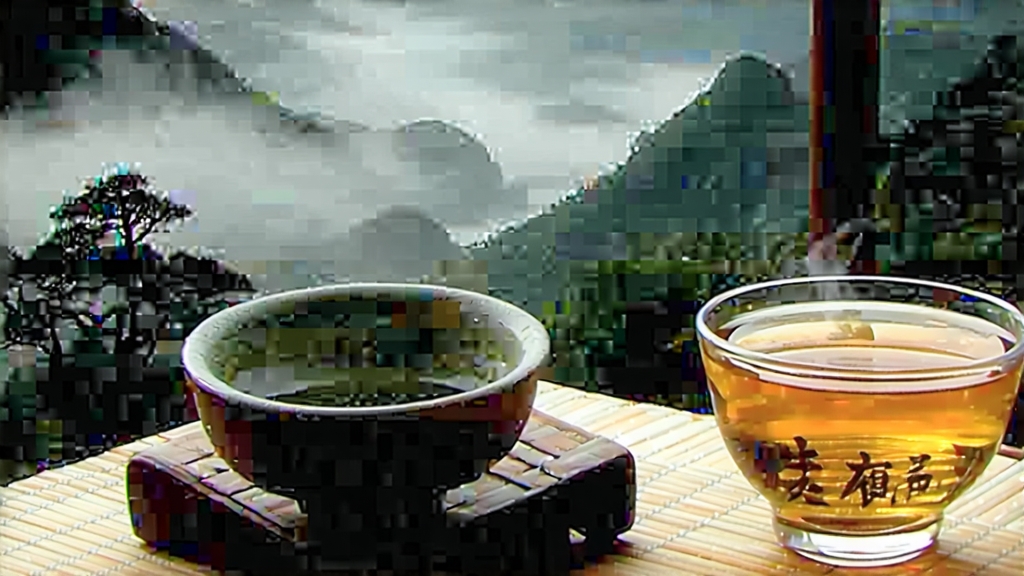
Alishan High-Mountain Oolong is not merely a tea; it is a vertical journey through the clouds. Grown between 1,000 and 1,400 metres on the forested spine of Taiwan’s Chiayi County, this cultivar absorbs 2,000 mm of mist-borne moisture each year, steeping its leaves in chilled air that slows growth to a meditative crawl. The result is a leaf so tender that one pluck can contain up to eight distinct aromatic compounds that mainland lowland bushes never develop.
Historical roots
Although Oolong techniques reached Taiwan from Fujian during the early 19th-century Qing migration, Alishan’s particular expression did not emerge until the 1980s. When the Taiwanese Tea Research and Extension Station released the TTES #12 “Jin Xuan” hybrid, mountain farmers discovered that the new plant, traditionally used for milky oolongs, expressed a brighter, more floral profile at altitude. Coupled with the post-war highway that finally allowed leaf to travel downhill within four hours of plucking, Alishan reinvented itself from a coffee- and betel-nut hinterland into the spiritual capital of high-mountain oolong.
Micro-terroir inside one mountain
Alishan is a pleated range; each fold creates its own nano-climate. North-facing slopes yield leaves with higher L-theanine, giving a creamy mouthfeel, while south-facing gardens bask in stronger ultraviolet, building catechins that translate into orchid-like sweetness. Farmers speak of “three-mist days” when clouds rise, fall, and rise again before noon, a meteorological rhythm they claim gives the leaf its signature “cloud ring”—a pale band of cellulose visible after light baking.
Cultivar nuances
The two dominant clones are Qing Xin (literally “green heart”) and the aforementioned TTES #12. Qing Xin, the older heirloom, produces a slender leaf that oxidises evenly, offering a lilac aroma and a finish reminiscent of alpine honey. TTES #12, bred for higher yield, carries a natural milk note but, when planted above 1,200 m, trades lactone richness for a buoyant lily bouquet. Purists often prefer Qing Xin for its aging potential; the leaf structure retains enough moisture after traditional charcoal bake to evolve through five years of quarterly re-roasting, deepening into dried apricot and sandalwood.
Plucking etiquette
Standard practice is “one bud, three leaves” picked at dawn when leaf temperature is below 18 °C. Pickers wear bamboo hats lined with banana fibre to keep hands free and to prevent body heat from wilting the harvest. A full basket, called a “mountain ear,” weighs no more than 2 kg so that the top layer never crushes the bottom, preserving cell integrity for the bruising stage ahead.
Crafting the semi-oxidised soul
Withering begins in the courtyard: leaves are spread 3 cm thick on rattan trays set on rails, allowing them to be wheeled into shade within seconds if the mountain sun suddenly pierces the mist. Indoor withering follows, where the leaf is tossed inside a cylindrical bamboo drum rotating at 18 rpm—slow enough to bruise the edges without heating the core. Oxidation is arrested at 25–30 % by a 280 °C “kill-green” roast lasting no longer than four minutes; any longer would lock in grassy notes, any shorter would leave the leaf flaccid.
Rolling & sphere formation
While still at 40 °C, the leaves are wrapped in pure cotton cloths the size of pillowcases and rolled under mechanical pressure plates that mimic the original foot-pressing technique. Each bundle is unpacked, re-heated, and re-rolled up to 23 times over two hours, gradually curling the leaf into the tight emerald pearl recognised worldwide. The repeated opening and closing allows residual moisture to escape, preventing the sour “wrap bite” that can ruin lesser oolongs.
Charcoal finishing
Alishan charcoal masters use longan wood exclusively; its embers hover at 70 °C, releasing a faint fruit smoke that seasons rather than masks the tea. The leaf rests in linen-lined bamboo baskets stacked five tiers high above the pit. Every 20 minutes the baskets are rotated, and every hour the charcoal is gently tamped to control flare-ups. A 12-hour session reduces moisture to 3 % while caramelising surface sugars, giving the brewed liquor its shimmering amber coat.
How to brew: the gaiwan ballet
For international kitchens without a clay kettle, a simple